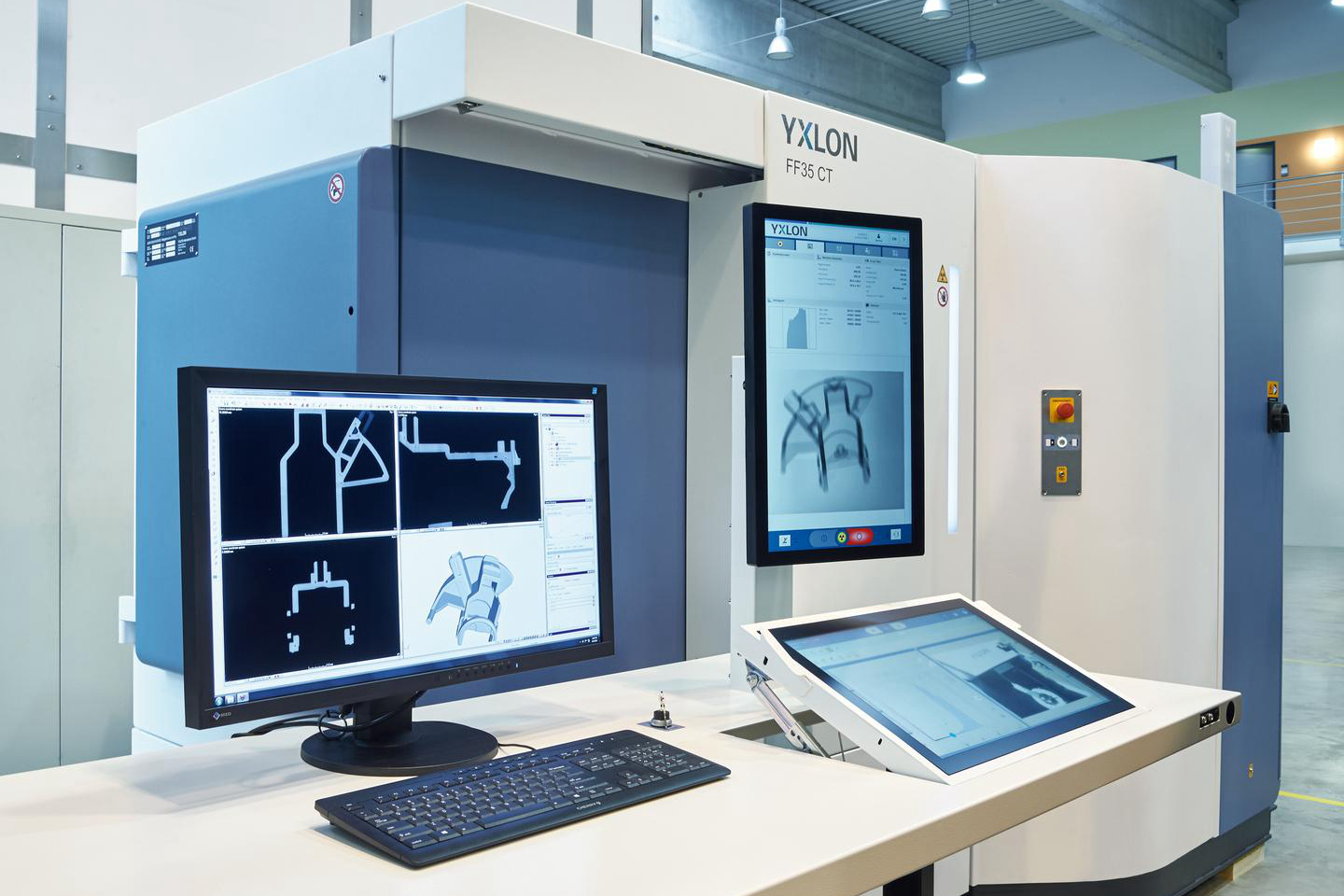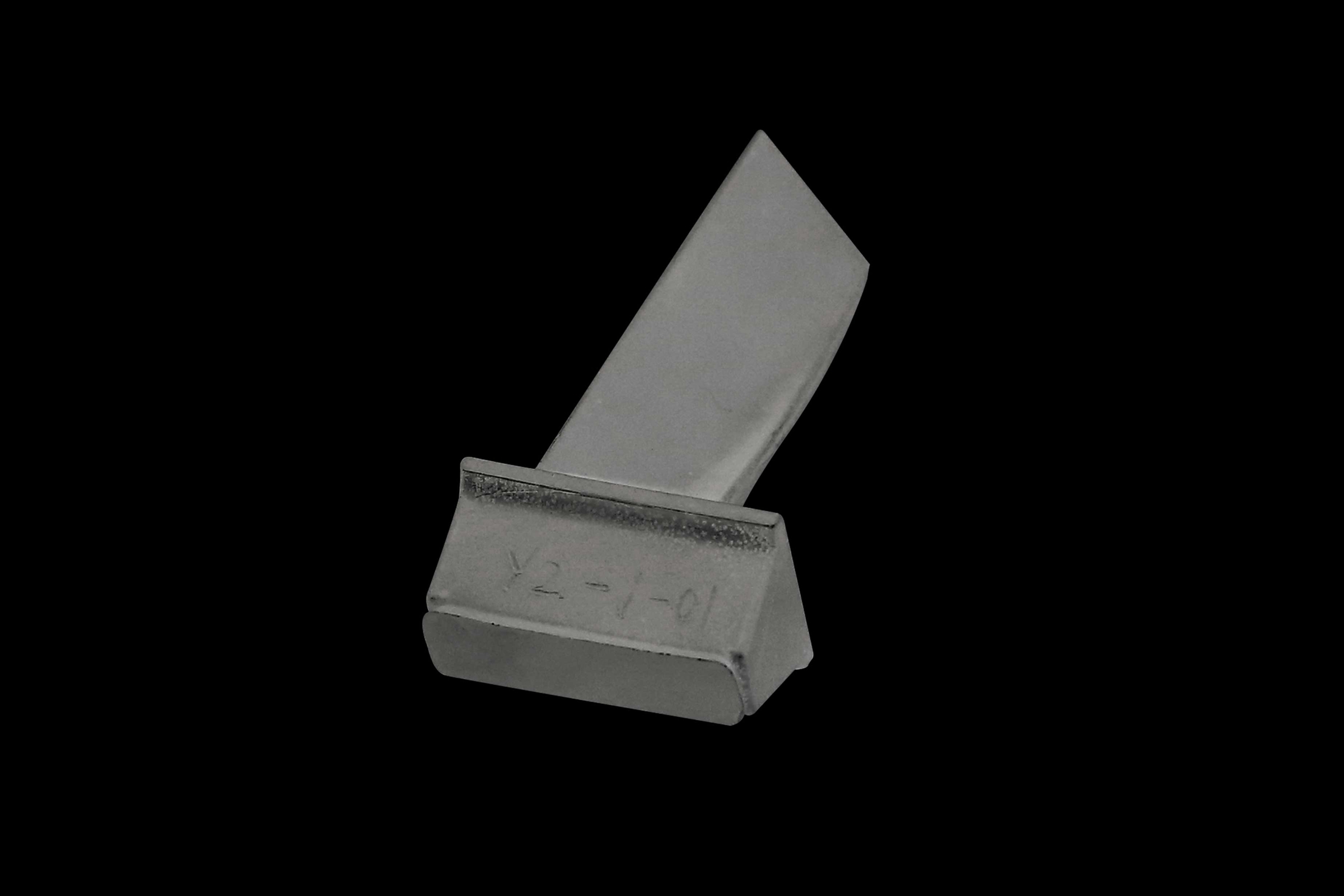Custom Marine Superalloy Parts Factory
Custom High Temperature Alloy Military and Defense Parts Manufacturing
Neway offers processes like vacuum investment casting, directional/single-crystal casting, superalloy precision forging, CNC machining, and 3D printing. They manufacture high-temperature alloy parts like turbine blades, discs, afterburners, casings, and nozzle rings for military defense applications.

High Temperature Alloy Military and Defense Parts Manufacturing Solutions
Neway uses several advanced manufacturing processes for high-temperature alloy military and defense parts. These include vacuum investment casting, directional and single-crystal casting for turbine blades and discs, precision forging for structural components, CNC machining for high-precision parts, and 3D printing for rapid prototyping. Post-processing like Hot Isostatic Pressing (HIP), heat treatment, and Thermal Barrier Coatings (TBC) enhance durability and performance.
High Temperature Alloy Solutions To Military and Defense Industry
The military and defense industry utilizes superalloys like Inconel, Rene, CMSX, Nimonic, and Titanium for their high strength, heat resistance, and durability. These alloys are essential in jet engines, missile components, armor, rocket nozzles, and exhaust systems, withstanding extreme temperatures and harsh environments. Their superior performance ensures reliability in critical applications such as aerospace propulsion, defense systems, and advanced weaponry.
Military and Defense Parts Post Process and Surface Treatment Solutions
Neway provides post-processing such as Hot Isostatic Pressing (HIP) and heat treatment for turbine blades, discs, and structural parts, enhancing mechanical properties. Surface treatments like Thermal Barrier Coating (TBC) are applied to components like turbine blades, afterburners, and nozzles, improving heat resistance. CNC machining and welding ensure precision and strength in critical defense parts.
High Temperature Alloy Components In Military and Defense Industry
Neway has manufactured high-temperature alloy components like turbine blades, discs, afterburners, combustion chambers, and nozzles for military and defense applications. We use processes such as vacuum investment casting, single-crystal casting, precision forging, and CNC machining. Post-processing methods like Hot Isostatic Pressing (HIP), heat treatment, welding, and Thermal Barrier Coatings (TBC) enhance performance and durability in extreme conditions.

learn more
Direct Reading Spectrometer

learn more
Tensile Testing Machine Checking

learn more
X-ray Checking

learn more
Thermal Physical Properties Test Platform
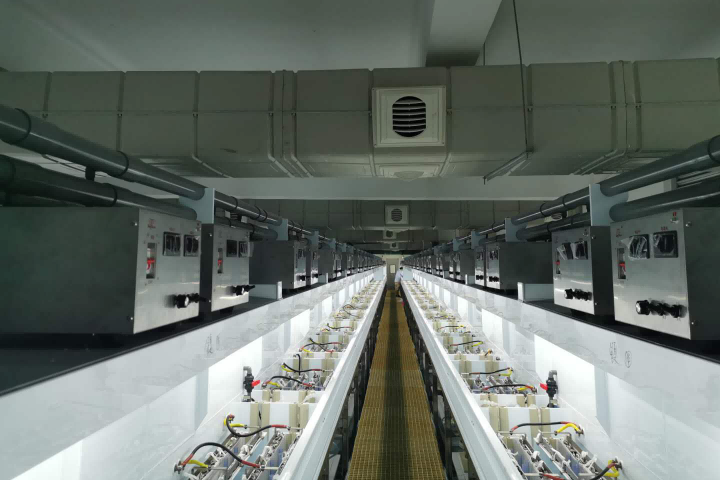
learn more
Corrosion Production Line

learn more
Dynamic and Static Fatigue Tester

learn more
Electron Backscattering Diffractometer (EBSD)

learn more
Inductively Coupled Plasma Optical Emission Spectrometer (ICP-OES)

learn more
3D Scanning Measuring Instrument Checking

learn more
Coordinate Measuring Machine (CMM)

learn more
Glow Discharge Mass Spectrometer (GDMS)
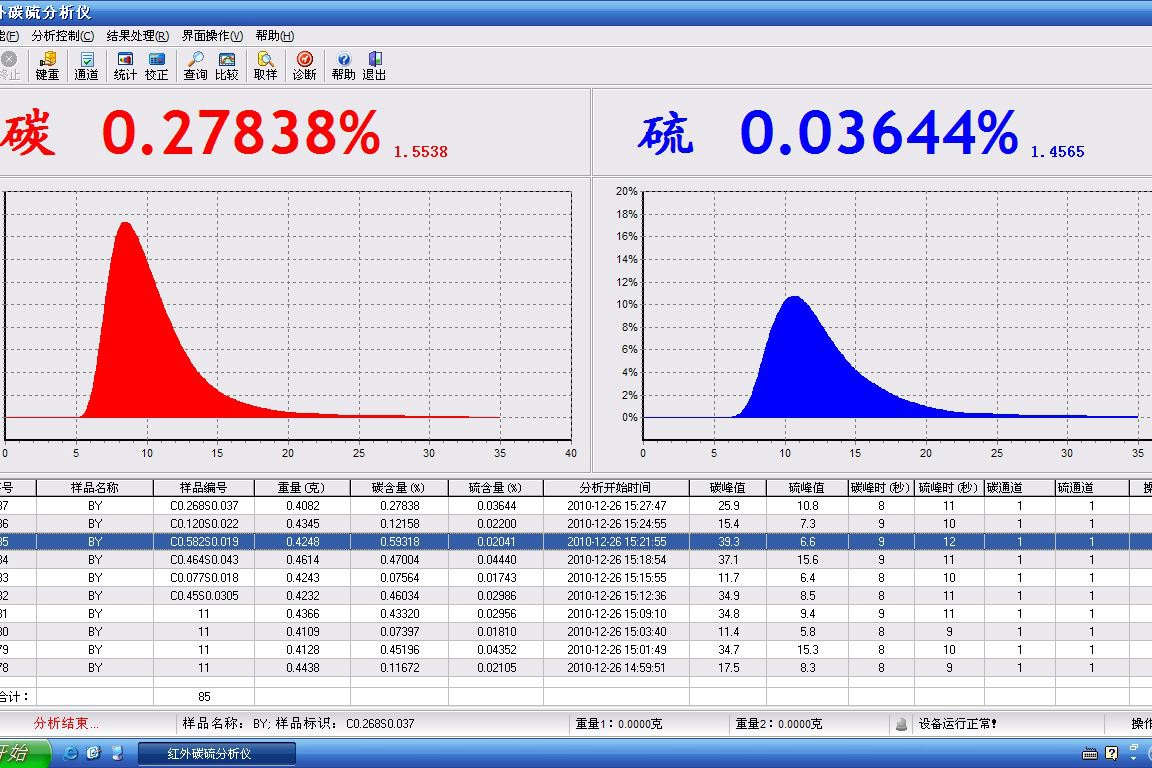
learn more
Carbon Sulfur Analyzer Checking
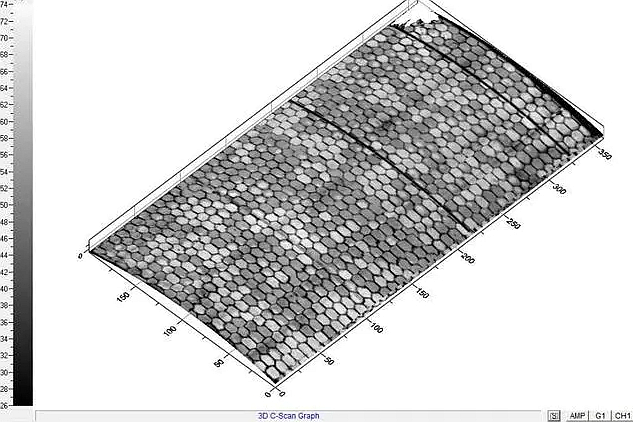
learn more
Water Immersion Ultrasonic Inspection

learn more
Line Array Industrial CT(GE)

learn more
Scanning Electron Microscope (SEM) Checking

learn more
Simultaneous Thermal Analyzer (STA) Checking
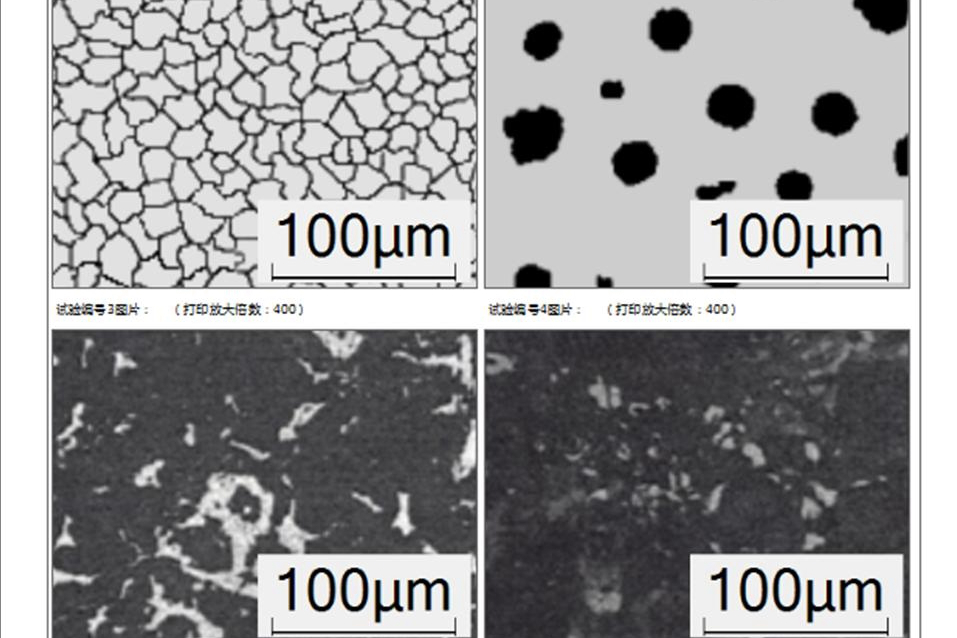
learn more
Metallographic Microscopy Checking
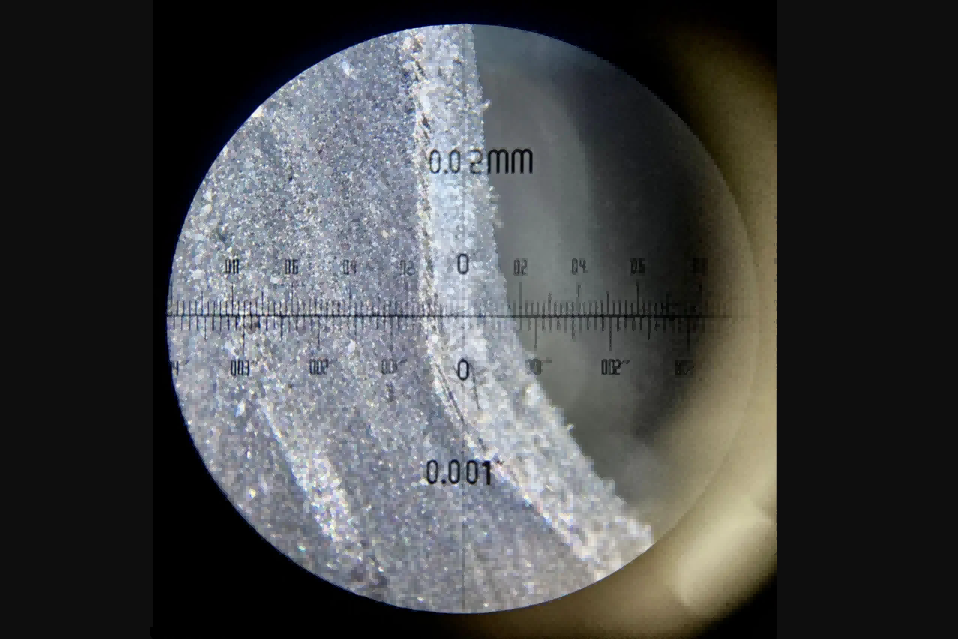
learn more
Stereo Microscope Checking

learn more
New Technology
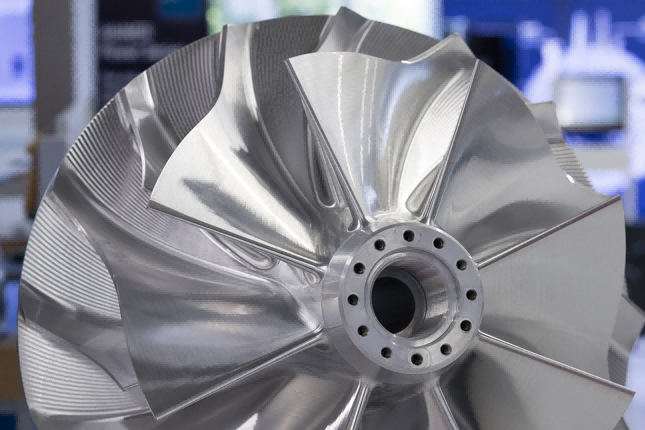
learn more
Products Gallery
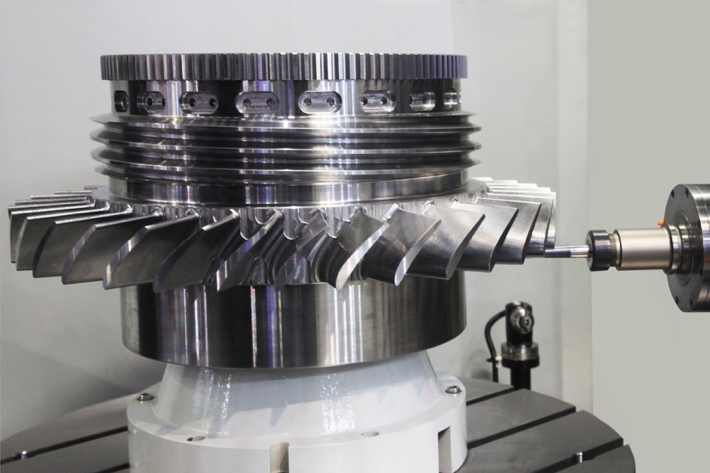
learn more
Various Industries

learn more
Surface Finishings

learn more
Post-Process

learn more
Manufacturing Technology

learn more
R&D and Simulation

learn more
Manufacturing Equipments

learn more
Testing Equipments

learn more
3D Printing Prototyping

learn more
FAQs

learn more
Contact
Let's Start A New Project Today









